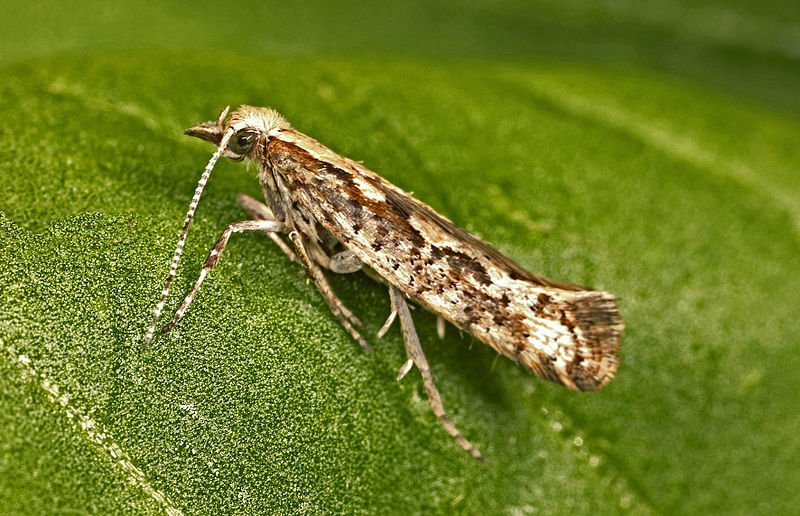The GLP aggregated and excerpted this blog/article to reflect the diversity of news, opinion and analysis.
An invasive species, the diamondback moth was once a minor nuisance. It became an agricultural headache in the late 1940s as chemical pesticide use exploded and the moth became the first crop pest to evolve resistance to DDT.
Today, the pest is found where cabbage and its cousins grow and it costs farmers an estimated $5 billion a year worldwide. And the diamondback moth continues to adapt to new generations of pesticides.
So Oxitec, a British biotechnology firm, found a way to sabotage diamondback reproduction. The company combined DNA from a virus and a bacterium to make a gene deadly to female insects. A female larva harboring the gene is dependent on regular feedings of the antibiotic tetracycline to survive. Out in the wild, she dies long before reaching adulthood and reproducing.
In a study by company scientists published in BMC Biology in July, male moths carrying the gene wiped out communities of normal moths living in small cages.
The strategy has drawn criticism. Groups opposed to the use of genetically modified organisms worry that the protein made by the synthetic gene could harm wildlife that eat the moths.
Haydn Parry, the chief executive of Oxitec, says the company addressed this concern and others in data submitted to the Department of Agriculture showing it’s non-toxic.
The Northeast Organic Farming Association of New York protested any outdoor trials of the moth out of concern that escaping moths could endanger the organic certification of nearby farms. Yet studies suggest the likelihood of diamond back moths straying is low. Even if strays are found, legal experts say that national organic standards penalize only the deliberate use of a genetically modified organism.
Read full, original post: Replacing Pesticides With Genetics































